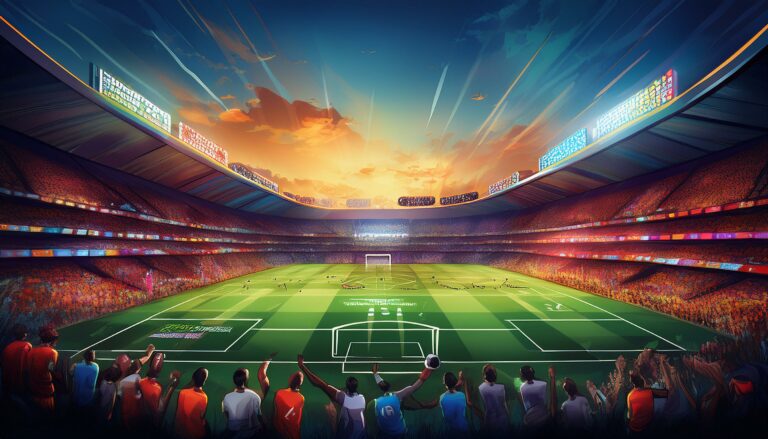The Evolution of Cricket Stadium Design: Trends in Modern Architecture: Skyexch, World777, Goldsbet login
skyexch, world777, goldsbet login: Cricket is a sport steeped in tradition and history, but just like any other aspect of our modern world, cricket stadiums have evolved over the years. The design of cricket stadiums has gone through significant changes to meet the demands of modern audiences and players. Let’s take a look at the trends in modern architecture that have shaped the evolution of cricket stadium design.
Birth of the Bowl Shape
One of the most notable trends in cricket stadium design is the shift towards the bowl shape. This design allows for better sightlines for spectators, creating a more intimate and engaging experience for fans. The bowl shape also helps to contain noise within the stadium, creating a more energetic atmosphere during matches.
Integration of Technology
Modern cricket stadiums have embraced technology in their design. From state-of-the-art scoreboards to high-tech lighting systems, these stadiums are equipped to enhance the overall experience for spectators. Technology has also been integrated into the playing surface, with advanced drainage systems and pitch monitoring tools ensuring a high standard of play.
Green and Sustainable Features
Sustainability has become a key focus in modern architecture, and cricket stadiums are no exception. Many new stadiums incorporate green features such as rainwater harvesting systems, solar panels, and energy-efficient lighting. These sustainable elements not only reduce the environmental impact of the stadiums but also help to lower operating costs in the long run.
Iconic Architectural Designs
In recent years, cricket stadiums have become iconic architectural landmarks in their own right. From the futuristic curves of Dubai’s International Cricket Stadium to the historic charm of Lord’s Cricket Ground in London, these stadiums showcase a wide range of architectural styles. The design of these stadiums often reflects the cultural heritage and identity of the host city or country.
Multi-Purpose Venues
Another trend in modern cricket stadium design is the creation of multi-purpose venues that can host a variety of events beyond cricket matches. These stadiums are equipped with flexible seating arrangements, retractable roofs, and other features that allow them to accommodate concerts, conferences, and other non-sporting events. This versatility helps to maximize the use of the stadium and generate additional revenue for the owners.
FAQs
Q: How do modern cricket stadiums enhance the fan experience?
A: Modern cricket stadiums offer improved sightlines, comfortable seating, and a range of amenities such as restaurants, bars, and retail outlets to enhance the overall fan experience.
Q: Are modern cricket stadiums more environmentally friendly?
A: Many modern cricket stadiums incorporate green features such as rainwater harvesting systems, solar panels, and energy-efficient lighting to reduce their environmental impact.
Q: How do architects balance tradition and innovation in cricket stadium design?
A: Architects strive to honor the tradition of cricket while incorporating innovative design elements to meet the evolving needs of players and fans.
In conclusion, the evolution of cricket stadium design is a fascinating journey that reflects the changing priorities and technologies of our time. From iconic architectural designs to sustainable features, modern cricket stadiums are a testament to the innovation and creativity of architects around the world.







